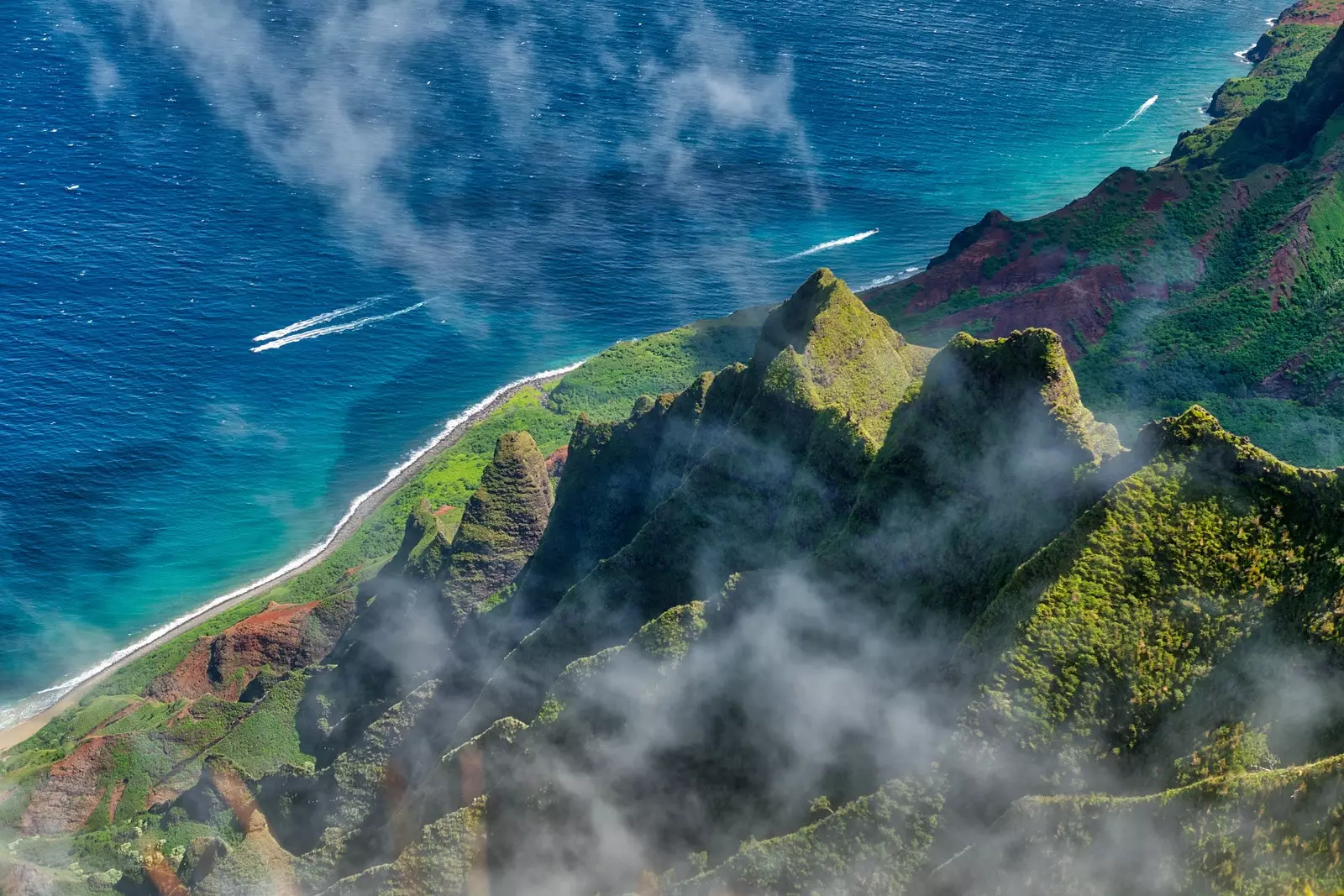
Hawaii creates a strategic plan to promote sustainable tourism on its islands.
Far from the image of a paradisiacal archipelago, the state of hawaii faces an uncertain future, not only because of the global health crisis, but because of pollution and a tourism model that is destroying its natural spaces little by little . The state has taken advantage of the isolation to carry out an ambitious plan against pollution and mass tourism.
At the moment the health data is favorable, according to official sources, Hawaii has identified 635 cases of COVID-19 . Of those cases, 13% have required hospitalization and 574 (90%) were residents. The closure of the main islands has not been easy considering that they depend on tourism and fossil fuels , but it has been a good time to consolidate the foundations of your strategic plan.
“The unbridled tourism growth that took place on our islands before the pandemic was unsustainable and detrimental to our natural resources. We can take some drastic steps now to build a visitor industry that makes sustainability the centerpiece of tourism. For starters, let's put a temporary moratorium on building more hotels. Instead, let's focus on construction projects that diversify the economy and create good jobs that are resilient in future crises,” says journalist Shiyana Thenabadu from the Honolulu Star Advertiser.
The directions of this strategic plan that runs from 2020 to 2025 are based on four fundamental pillars : the dedication of resources to respect the environment to improve the lives of locals and the experience of visitors, to support the native groups of Hawaii, the Ho'oulu are the only remaining tribe in the state that needs government support and protection; on the other hand, ensuring that local communities benefit from tourism, as well as creating a marketing strategy to make Hawaii known for its local communities and culture.
“Hawaii tourism is at a point that requires a rebalancing of priorities . The continuous drive to increase the number of visitors has affected our nature and our inhabitants, the reason why visitors travel to our islands”, they point out from the strategic plan.
According to the data exposed by the plan, by 2025 tourism in Hawaii would have grown exponentially , about 253,500 visitors. Hence the urgency of changing the type of tourism if they do not want to destroy the natural resources of the islands, since one of their main problems are plastics and waste management.
In fact, this April, environmentalists obtained a study of the waters of the archipelago approved by the US government to protect 17 coastal areas threatened by plastics.
Hawaii's future is up in the air at the moment, but as noted in the Honolulu Star Advertiser newspaper, I could follow in the footsteps of the Galapagos Islands who charge entry fees to their natural spaces with which they defray the costs of their protection and maintenance. They could also limit the entry of tourists on cruise ships, promote volunteering aimed at reforestation or promote the use of electric vehicles.
“We have countless beautiful trails and wilderness areas all over the islands that we need to protect and designate as tranquil parks. Haleakala is one of the most peaceful places on the planet . Let's eliminate or limit helicopters, drones and other man-made noise in wilderness areas, and use an online reservation system to limit visitors to popular trails.
